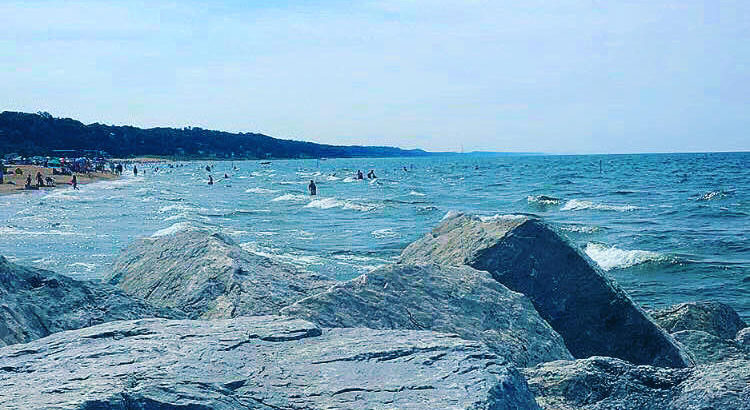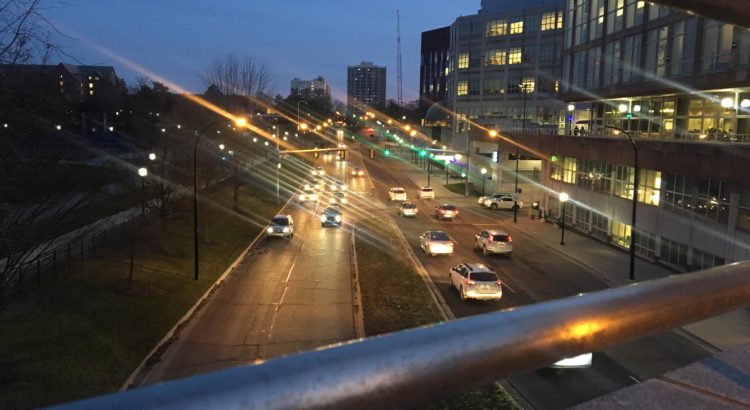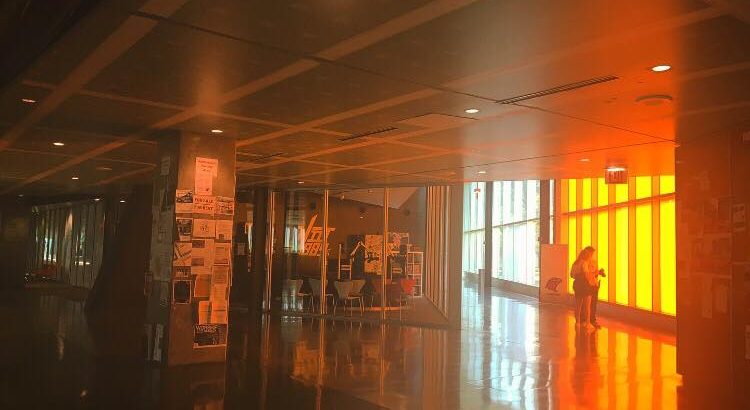Hi Everyone!
I’m back again this week to discuss the topic: Mental Health.
More specifically, I will be discussing my take on what mental health is, how to deal with it, and what design potential there is in this field.
Disclaimer, these are by no means definite answers or correct answers. This is my own take on mental health and the field of architecture.
In my Health by Design course last night, I was struck by three thoughts during class, that I did not mention despite the open share quality of the course.
- Design has so much potential, yet we are constantly stuck in the aesthetic realm thinking about it
- Health, especially mental health, is a hot topic in today’s society, yet we have only just tapped the surface in the amount of research that has been done about it, over all of these years that humans have been existent on this planet.
- I think it’s ironic how much I value the idea of wellbeing and health, including mental health, yet it is still something I grapple with to improve within myself.
Why didn’t I share these thoughts in class? Well, first off, it would sound pretty irrelevant in context to what we were discussing during class, or more so that I would be going off on a dramatic tangent. We were discussing essentially different methods of using design to solve for issues for specific personas (people) that we made up, but are highly realistic. And it hit me that, sometimes, it’s hard to understand and believe that our field and abilities as humans can be limited. For instance, we often take the internet for granted. we expect everything to be stored and processed through this virtual space, yet so few of us really understand how it works, and mos importantly forget that virtual space still has limits despite how limitless or imaginary it seems. In other words, google drive, which a ton of people use (still an understatement) has a lot of space but it will run out one day, and you’ll be doomed, once you’ve already utilized all hard drives, etc. Now, think of architecture. Really, it is quite similar in the manner that architecture can only do so much to attempt to reshape human interactions and habits. But what both these fields share is the potential to do so many things, to say the least. Yet, we as humans are still in control of the decisions we make.
Perhaps this is the issue. We as humans, are surface creatures. We like pretty things above all, and this is shown with research that has been done demonstrating that people within the US value beauty care more than health care, and this is evident from the enormous gap of spending between these two sectors. And, this is not just because of the price ranges or number of products offered from either sector. This is seen once again even through design. Products are made to be most visually appealing to capture the eyes and hearts of consumers, and this includes everything from the plastic wrap around the toilet paper you purchase, to the home you decided to settle into. Even humans can unfortunately be seen as products, when we are commodified through apps like Tinder or Facebook, where the surface qualities are prioritized. All of these “little things” add up and you end up with the medical bills for poor physical and mental health.
What can we do, to improve our own health? If we each are able to easily answer such a task and do so, then health would never be such a societal issue as it is today. I found it sad, yet truthful that perhaps not all, but a lot of college students tend to prioritize anything but their wellbeing. I definitely see myself as someone that prioritizes work above all else. Peper not finished? I’ll sleep later. Model not done? Just a nap will do. Have class until 9? I’ll have dinner after (if I remember or feel hungry still). I laughed when my professor asked us these exact questions, and totally agree that it’s almost ridiculous how basic these questions are. Anthropologically speaking, these questions are essentially the basis foundation of how people survive. But this is what is different about humanity is now, than the humanity that really prioritized survival all those thousands of years ago. Humans today depend on more than just the essentials before being fully happy and satisfied with life. This varies from person to person, but it’s pretty much real and true for humans nowadays, and it makes me anxious to ponder how the future humans may be. So, what can we as humans, and designers do to reverse this habit and fully change society?
That is the big question in architecture today, and unfortunately I am still frazzled with how to even begin to process such a question.
Above all, I consider my interest in architecture to be about wellbeing. I want to design spaces to create a sense of comfort and serenity for people, not just in hospitals. I want to create spaces that inspire people to do the best they can for themselves and for others. Such spaces that would encourage people to desire to live, not just make living “work.”
Much of design is about aesthetics, but also a lot about functionality and efficiency as well. And, after having thought about this a lot, I argue that these are all qualities that we as designers need to let the consumers decide what is best for them.
Designers often mean well, doing mass research in attempts to “get to know” the person(s) they are designing for. But no matter how much we do, we will never truly be in their shoes, and we will always be designing for our own ideas about them. Designers cannot help but project a personal manifestation of their own thoughts and beliefs about the consumer and the context. This will never change, no matter how much we are aware of it or despise it; it is simply something that happens as humans, in any field honestly. But consumers also cannot do the design tasks themselves because they have not been schooled for such things. And to be fair, designers should really be working more with people from other fields, so that more voices are heard in the design process to provide the best possible results, partially because other fields are much more well-researched. I do also argue that architecture itself is a challenging field to do research in, mostly because of how long it would take to yield results, and how difficult it can be to take measurements of specific things, like the amount of happiness or anger that a space has resulted in. There are sort of ways around this to make it work, but these are also very complex “things” to take measurements of even if you can get closer to doing so through, say, taking measurements of blood pressure or vitamin deficiencies. Perhaps some issues were never meant to be “solved.” Perhaps this is the essence of existence. Not to be philosophical, but it really hits me that all of these fields on study were meant to be used together to yield the best possible results to help us as humans, and yet we are expected to “specialize” in one, being almost completely clueless about others.
I’ll let you ponder on these things, but I will definitely be thinking about them more on my own, and through the perspective lenses of that course. I’d love to hear your thoughts and opinions on this subject, so feel free to drop a comment!
Ciao 🙂







 Hi Everyone!
Hi Everyone!




